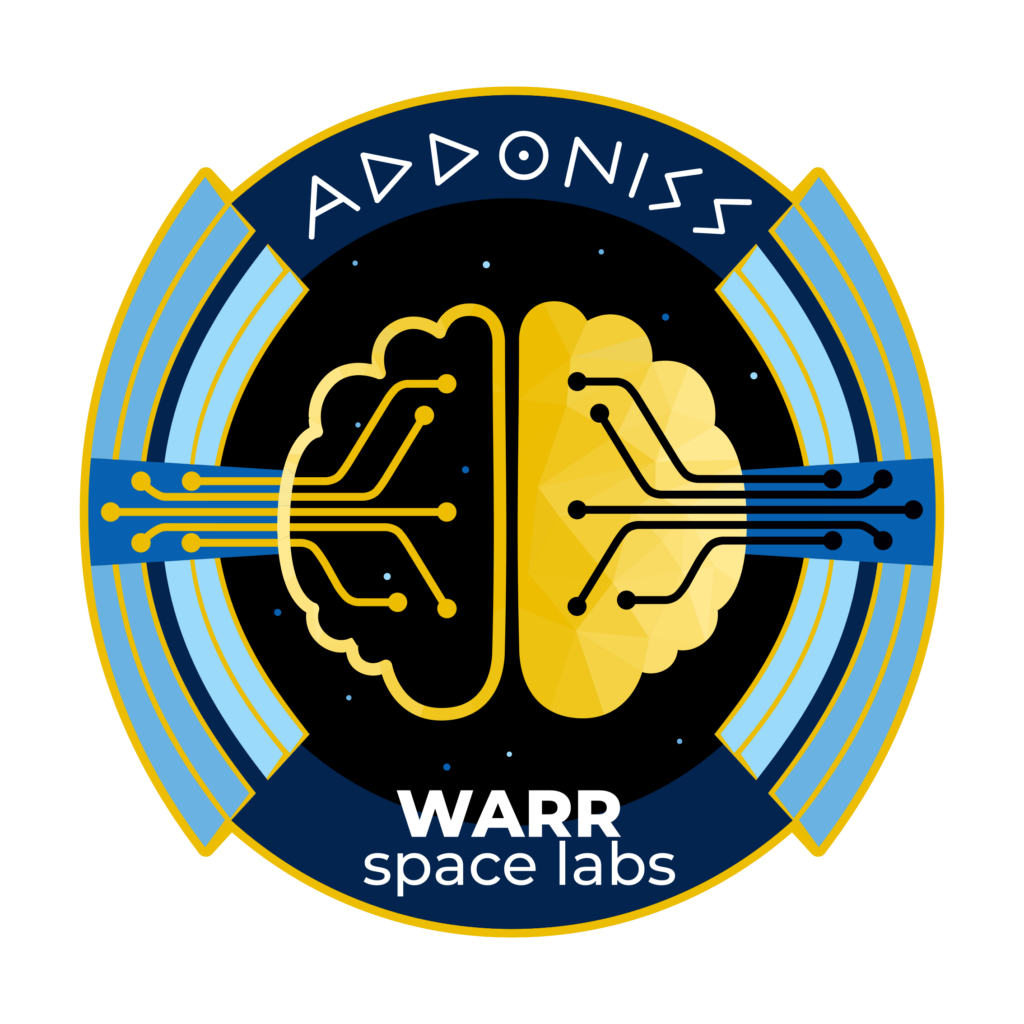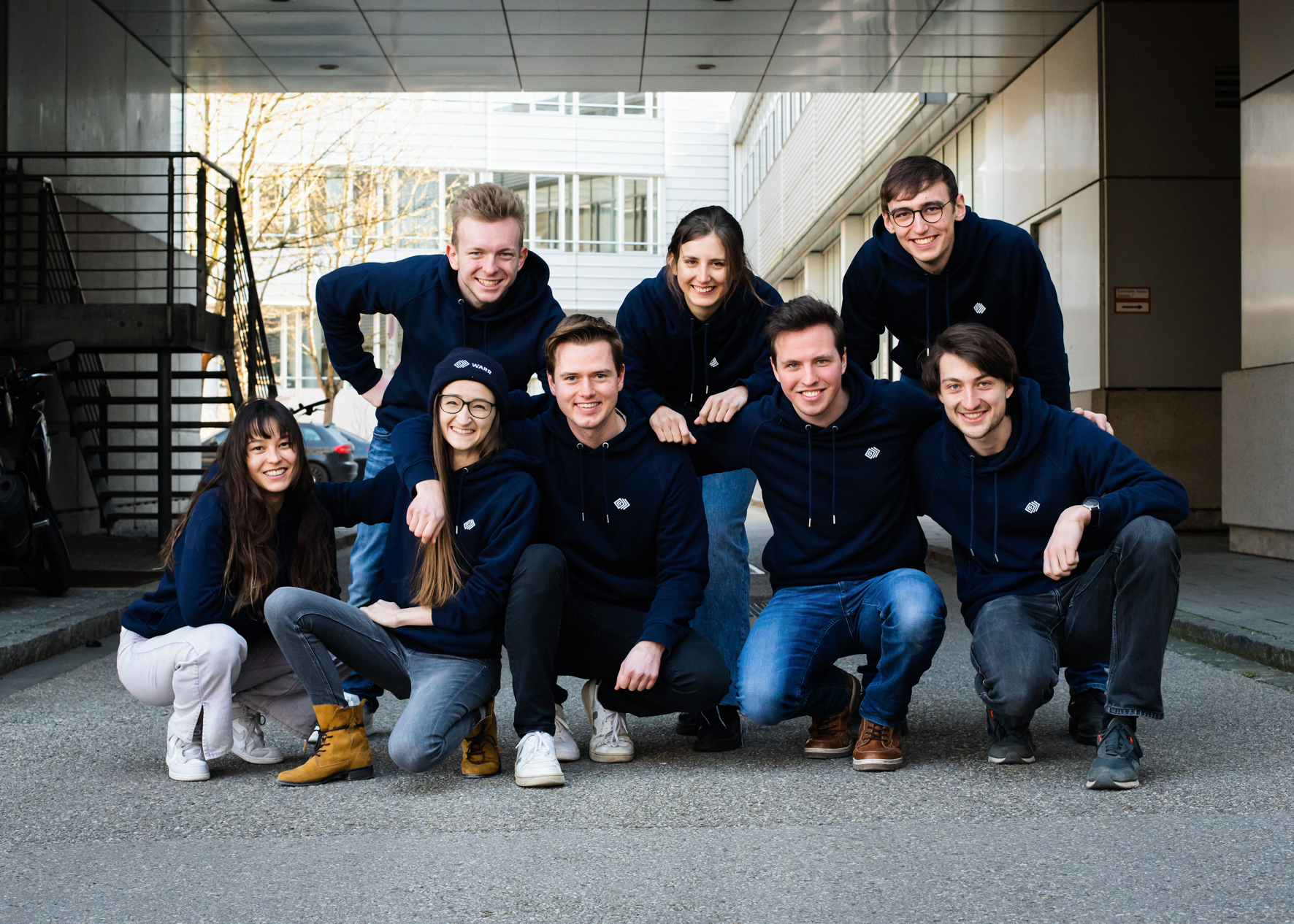WARR Space Labs
Our goal is to enable and conduct experiments in a space environment, allowing for conditions that cannot be achieved on Earth, such as microgravity, to be provided and utilized.

Neurons on the International Space Station: Our Current Mission, ADDONISS
In December 2021, we, along with three other teams, won the Überflieger 2 competition organized by the German Aerospace Center (DLR). Now, we have the opportunity to develop our experiment, ADDONISS, and operate it on the International Space Station (ISS) in March 2023!
About us
We are an interdisciplinary team of students from more than seven different fields of study, ranging from biochemistry to physics and computer science. What unites us is our shared fascination with space.

Our focus is on conducting experiments in microgravity. This unique environment offers a wide range of possibilities, particularly in biology and medicine, as well as in technological development. We aim to harness these conditions for our research.
Our work is made possible through participation in competitions, such as those organized by DLR and ESA, as well as the support of sponsors.
Interested?
We welcome all motivated and interested students to join us! Whether you have expertise in biochemistry, medicine, or biophysics to contribute to our experiment, or skills in mechanical engineering, engineering sciences, computer science, electrical engineering, materials science, or related fields to support the planning, implementation, and final development of our hardware and software systems—there’s a place for you.
We also need support in organizational tasks, PR and social media, fundraising and sponsorship, as well as presenting our mission at various events.
